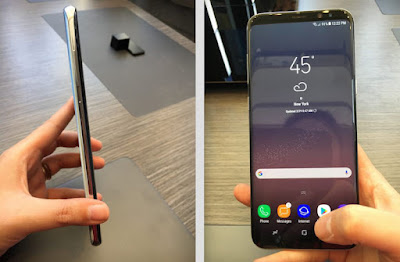Modern bank customers rarely think twice about logging into a mobile device to check accounts and schedule transactions. Mobile apps are convenient and user friendly. According to a Federal Reserve report, over half of smartphone users with bank accounts used mobile banking in 2015. Online banking via a mobile device also represents a security risk. Cybercriminals use a variety of techniques to gain entrance to individual user accounts and bank information.
Both Customers and Financial Institutions Play a Role in Online Banking Security
Financial institutions and banking customers are responsible for mobile banking security. Both parties must exercise caution and use security best practices to reduce the risk of mobile threats. Customers are responsible for using their devices in a security conscious way. Banks must develop, maintain, and optimize formal applications designed to protect end users.
Banking security breaches can lead to a loss of financial assets, identity theft, and other adverse outcomes. Every business-related security threat can cost organizations millions of dollars in remediation activities and harm institutional credibility. A proactive approach to online banking security effectively reduces the risk of cybersecurity incidents and improves customer confidence in mobile financial activities.
Tips Customers Can Use to Improve Mobile Banking Security
Mobile users often take device security for granted. Apple users trust in the company's security practices. The Android platform carries a potentially higher degree of risk as an open digital ecosystem. When device users presume the safety of apps they download and the security of their devices, they may accidentally open a backdoor to malicious activities. Customers can use these five tips to protect the security of their mobile online banking activities:
1. Only use official banking apps and secure websites. If you plan to use a mobile device for banking activities, download the official banking app. Look for information on the website to confirm the app's legitimacy, and avoid using your mobile browser to access your bank account. Some users link their bank accounts to budget apps or other money management apps. Remember that every account you connect to your bank account represents a potential risk. Safeguard your information with official and secure apps.
2. Double check the security of all third party apps. Cybercriminals may gain access to your device through a third party app not associated with an official banking app. For example, someone could sneak a malware program designed to record keystrokes in with a third party app. Using this type of technology, a criminal could potentially obtain information about your login credentials and online activities.
3. Avoid using bank-related links. As an end user, you may assume the validity of a link in a text message or email. Unfortunately, some criminals use phishing and spoofing practices to obtain revealing information from seemingly innocent interfaces. Always back out of a message and go through official channels to access your account.
4. Never check your bank account while using a public network. Public Wi-Fi and other public networks are notoriously insecure. Use cellular network connectivity or a VPN (virtual private network) to protect your activities while in public.
5. Always lock and keep track of your mobile devices. If you leave your device unlocked on a park bench, a malicious individual could take advantage of the situation. Use the lock functions on smartphones, never save login information on your apps, and try to keep track of all your mobile devices.
Source: (Link)
Source: (Link)





